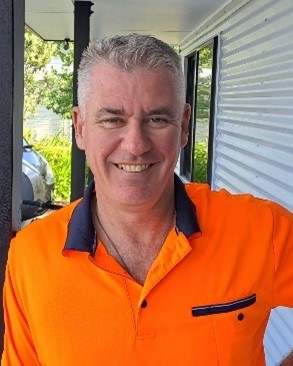Fixed-Wing Egress and Sea Survival
To develop knowledge and skills for emergency escape from a fixed wing aircraft on water and underwater including impact preparations, egress and sea survival.
Certification
A Fixed-wing Egress and Sea Survival certificate will be awarded to students who successfully complete the theory and practical components of the course.Course Content
The course focuses on:
- knowledge of: onboard safety equipment; responsibilities of pilot and passenger in the event of an emergency; emergency landing hazards and actions.
- extinguishing small fires.
- demonstrating preparatory actions prior to ditching.
- demonstrating egress from a simulator on and in water.
- sea-survival techniques.
- demonstrating fitting of a strop and correct body posture during winching.
- demonstrating safe boarding of a aviation life raft in water.
Learning Outcomes
At the end of this course students will be able to:
- identify safety and escape equipment and demonstrate egress techniques from a fixed-wing aircraft in water.
- demonstrate emergency techniques for survival in the sea.
Course structure
The course is a combination of theoretical and practical sessions delivered at our training centre. Students are assessed continuously during the course.
Medical requirements
Prior to undertaking the course we must be provided with a completed Wood Training Medical Self-declaration and Screening form.
If you answer “yes” to any of the questions in this form we recommend you talk to a registered medical practitioner to ascertain your fitness for the training OR provide a valid recent medical certificate.
We must receive these documents no later than 48 hours before course commencement. If not received within this timeframe you may be declined entry to the course. This decision will be taken on a case by case basis.
Assessment process
Practical assessments which takes place when student is ready/has shown that they can perform all tasks required.
Assessment involves submerged, capsized escapes, sea-survival and followed by winching via a strop. If a student is deemed not competent, the process for reassessment will be advised by the instructor.
Revalidation/Refresher
To maintain current competency, it is recommended that refresher training occurs regularly. Depending on the industry you work in this may vary. Current Wood Training recommendation is every two years.
Items to bring
- Photo ID.
- Appropriate streetwear can be worn.
- Swimming attire and towel.
- Thermal top to wear under overalls (optional—recommended during winter months).
- Personal toiletries (for shower).
- Water bottle.
Health
A Wood Training Medical Self-declaration and Screening form (as a minimum) is mandatory prior to course commencement.
All students participating in this course which has physically demanding and potentially stressful elements must be physically and mentally capable of participating fully.
Course Length
6 hours depending on numbers
Location
Wood Training Centre
26 Manadon St
New Plymouth
Price
$895 + GST per person
Group rates available
Book Now
Book instantly online
Meet The Trainers

Richard Martin
Richard Martin
Richard has been involved in training as a career since 2015, when Fonterra started an inhouse NZQA level 3 and 4 Milk Processing qualification. He was a tanker driver and dairy process management before moving into teaching. Working as a coach in this environment gave Richard the skills to support leaners in online learning as well as in person. This included delivery of technical information, assisting literacy-challenged leaners and tracking progress up to a regional level.
When talking to Richard about his teaching perspectives, he says “the student hasn’t learnt until the teacher has taught, but that doesn't define who the teacher is…. experiences are usually great teachers, by people sharing their experiences we all learn”.
Richard has had a varied work history initially training in applied art and design as well as agriculture. His time working in graphic design and print gives him a good eye for instructional material that supports his work as a trainer and online facilitator. His background as a tour driver operator and guide in New Zealand and Australia along with his agricultural experience gives him plenty of experience in the field and authentic work stories to demonstrate the importance of health and safety no matter the sector.
He continues to blend these interests of arts and the outdoors in his leisure time with cartoon work, photography, DIY and outdoor activities such as surfing and snow boarding. All of which makes him well placed to be a trainer with Wood.


